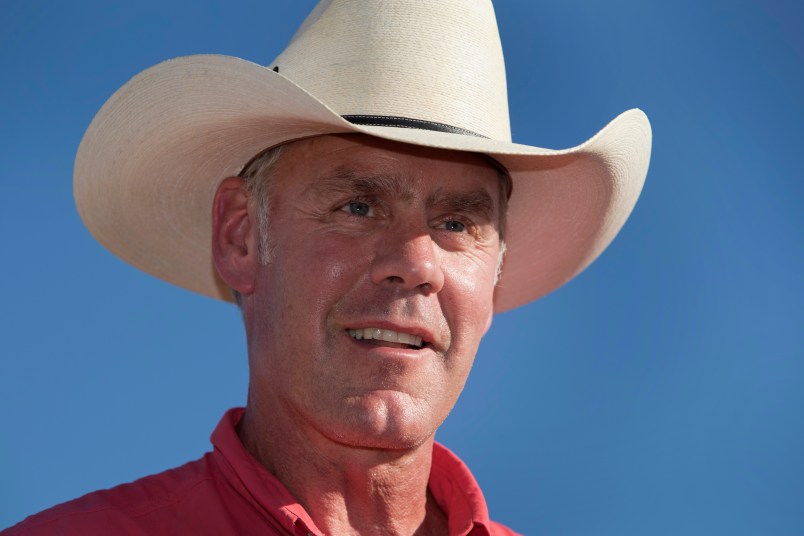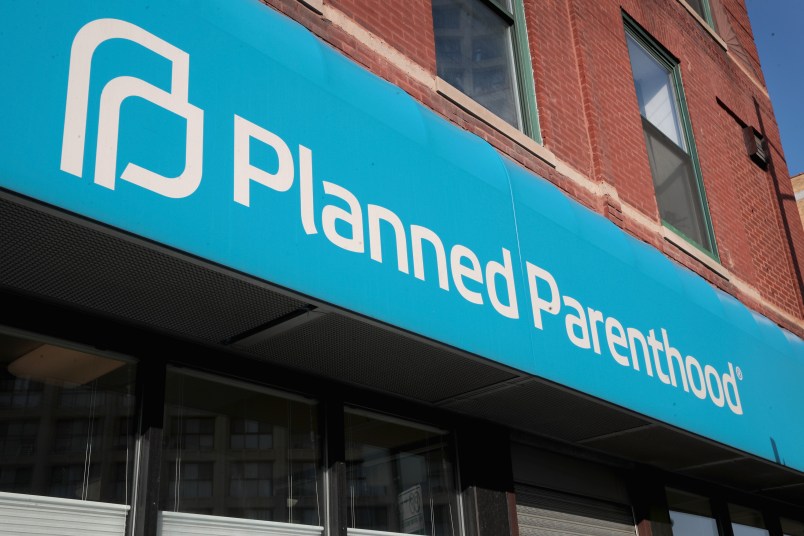The Interior Department has proposed raising entrance fees at 17 of what it called “highly visited national parks” — including Grand Canyon National Park, Yellowstone National Park, Yosemite National Park and others — only two years after a similar increase in fees at parks across the country.
The proposed increase, for which the department announced a 30-day comment period on Tuesday, was flagged by CNN on Wednesday.
According to a fact sheet published by the department, annual park pass prices would increase to $75 at the 17 parks, up from $35-$60 currently.
The increases would also create so-called “peak season” prices at the 17 parks, a five-month period during which per-person entrance fees would rise to $30, up from $10-$15 currently, and per-vehicle fees would increase to $70, up from $25-$30.
The $80 annual pass that permits entrance into all federal parks would keep the same price tag.
The department said the fee increases would likely raise entrance fee revenue from $199.9 million to $268.5 million annually. “80% of the money will remain in the park where it is collected,” its fact sheet noted. “The other 20% will be spent on projects in other national parks.”
Interior Secretary Ryan Zinke told CNN: “The infrastructure of our national parks is aging and in need of renovation and restoration.”
The department did not respond to TPM’s questions.
Interestingly, Zinke supported a White House budget over the summer that would have cut his department’s budget by roughly $1.6 billion, saying “this is what a balanced budget looks like.”
Theresa Pierno, the CEO of advocacy group National Parks Conservation Association, told CNN on Wednesday: “The administration just proposed a major cut to the National Park Service budget even as parks struggle with billions of dollars in needed repairs.”
Admission prices at certain national parks across the country increased in 2015 after a six-year moratorium on fee increases, PBS reported at the time.
On Tuesday, Zinke also bragged in a press release of the “largest oil & gas lease sale in U.S. history”: “76,967,935 acres in federal waters of the Gulf of Mexico, offshore Texas, Louisiana, Mississippi, Alabama and Florida.” A counselor to Zinke, Vincent DeVito, acknowledged in July that the department was “aggressively” cutting regulations on private industry in order to generate revenue.
Read the Interior Department’s fact sheet on proposed fee increases below, and submit comment on the increases by Nov. 23 here. Mail written comments to: National Park Service, Recreation Fee Program, 1849 C Street, NW, Mail Stop: 2346 Washington, DC 20240.







